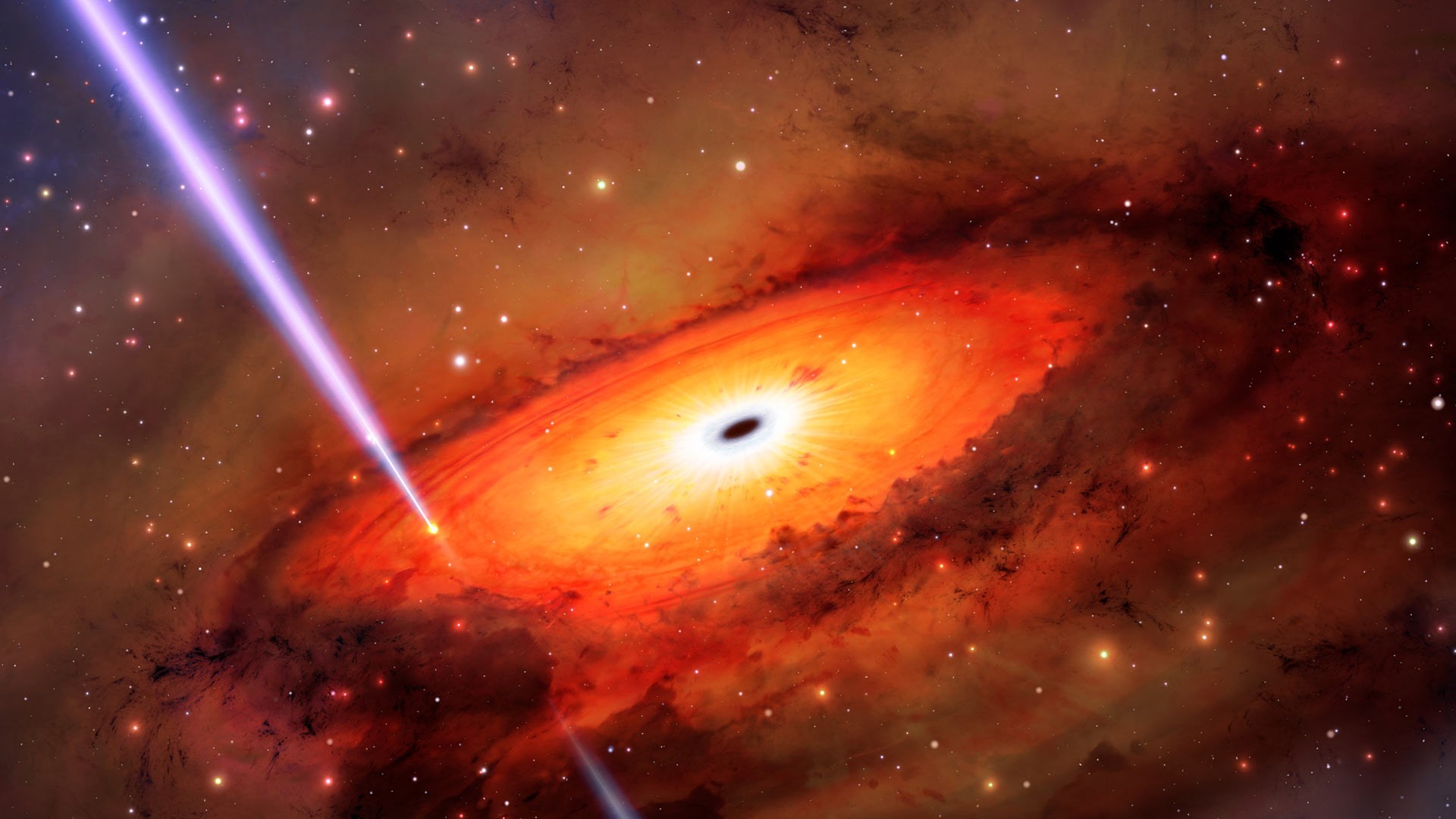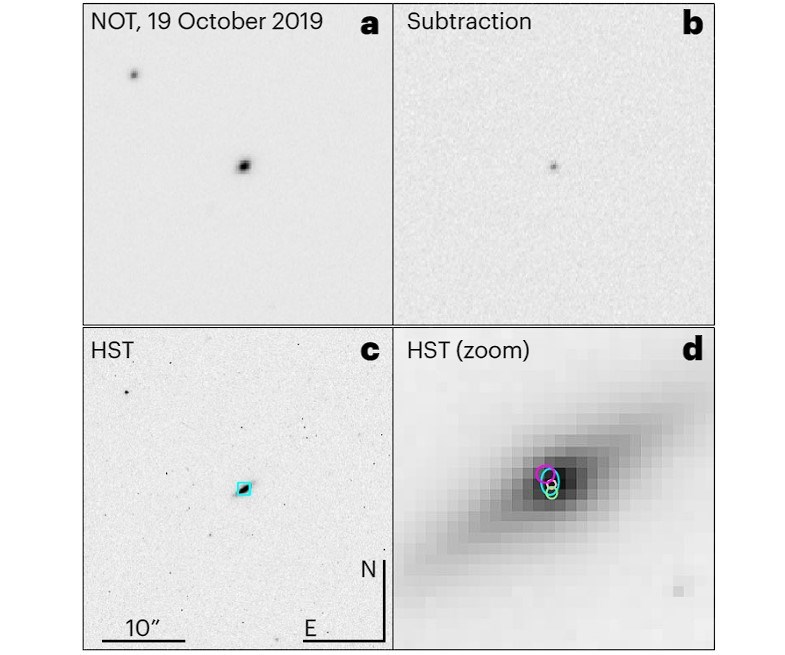 An international team of astrophysicists set out to investigate the origins of a powerful gamma-ray burst (GRB) and stumbled upon a type of stellar death long assumed but never observed before. A gamma-ray burst detected in a distant galaxy about four years ago was likely caused by a collision between two stars or stellar remnants, according to the study.
An international team of astrophysicists set out to investigate the origins of a powerful gamma-ray burst (GRB) and stumbled upon a type of stellar death long assumed but never observed before. A gamma-ray burst detected in a distant galaxy about four years ago was likely caused by a collision between two stars or stellar remnants, according to the study.A powerful cosmic explosion was observed
“These new results suggest that stars may meet their end in some of the densest regions of the universe and be dragged into collision,” said Andrew Levan, lead author of the study, of Radboud University. Gamma-ray bursts are the most powerful bursts in the universe, radiating more energy in just a few seconds than the Sun would ever produce in its entire lifetime.
There are two known types of GRBs: short GRBs that last two seconds or less, and long GRBs that can last several minutes. Astronomers think that short GRBs are usually caused by mergers between neutron stars, while long ones are usually caused by supernova explosions from stars at least 10 times more massive than the Sun.
A new way in the extinction of stars
 The newly analyzed explosion, known as GRB 191019A, reportedly lasted a little over a minute. It was first detected by NASA’s Neil Gehrels Swift Observatory in October 2019 in a galaxy about 3.4 billion light-years from Earth. Levan and his team studied GRB 191019A with the Gemini South telescope in Chile. These observations allowed the researchers to determine that the explosion occurred less than 100 light-years from the center of the galaxy. And they didn’t see any signs of a supernova in that area.
The newly analyzed explosion, known as GRB 191019A, reportedly lasted a little over a minute. It was first detected by NASA’s Neil Gehrels Swift Observatory in October 2019 in a galaxy about 3.4 billion light-years from Earth. Levan and his team studied GRB 191019A with the Gemini South telescope in Chile. These observations allowed the researchers to determine that the explosion occurred less than 100 light-years from the center of the galaxy. And they didn’t see any signs of a supernova in that area.“Our follow-up observation told us that the explosion was most likely caused by the merger of two compact objects, rather than the collapse of a massive star,” Levan said. This observation adds another new route to stellar death: a random collision between two stars.
In fact, it is known and observed before that two stars or neutrons or black holes collide. But these observed collisions are composed of mergers between objects that once formed a binary pair. So there is no such thing as “random”. The default event behind the GRB 191019A is something more random and chaotic. The study team also says that such an event may be due to the fact that the stars are close to the black hole at the heart of the galaxy. The research team would like to find and characterize more events such as GRB 191019A.